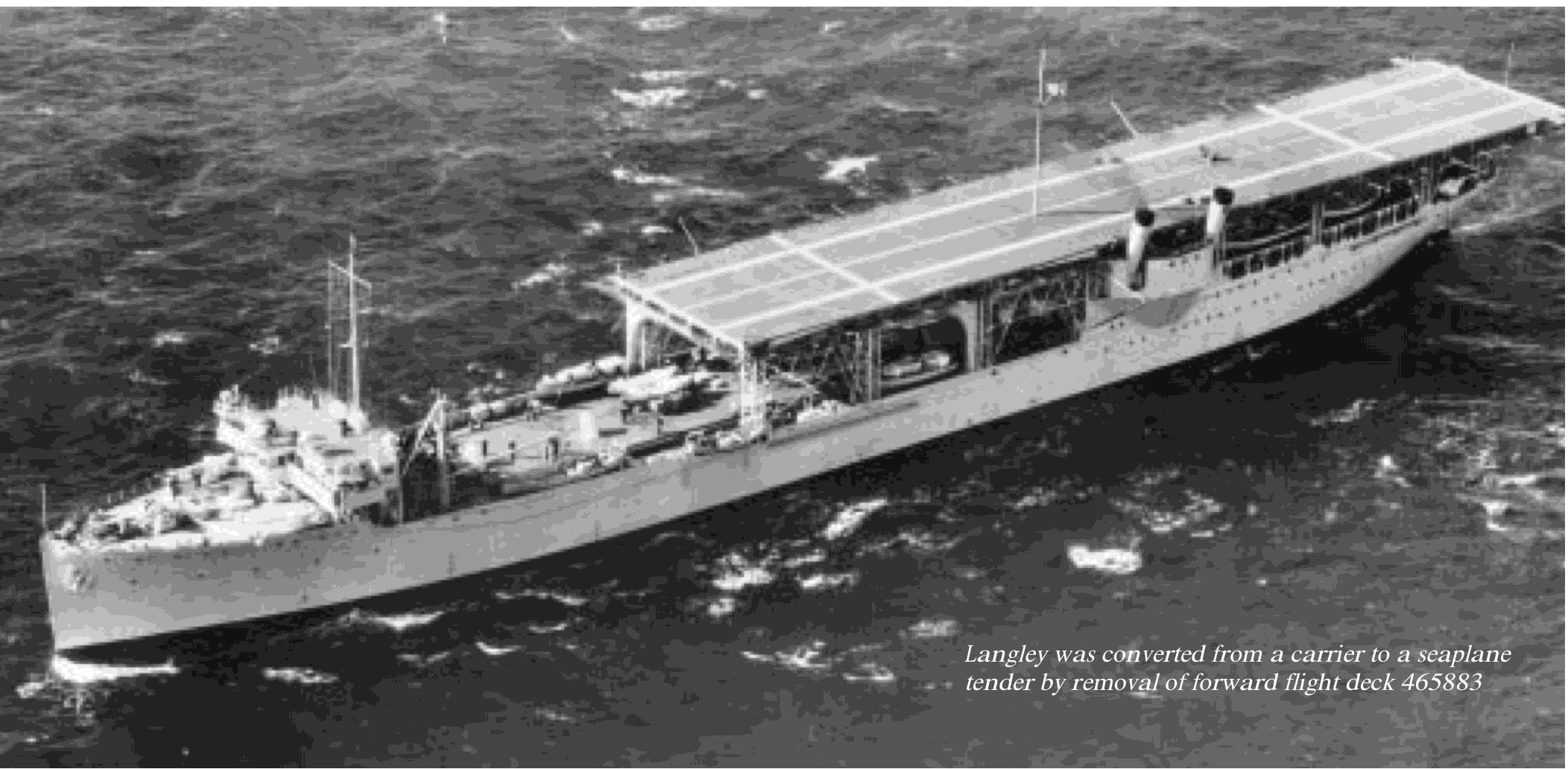
82
UNITED STATES NAVAL AVIATION
1910-1995
1931-Continued
powder catapults on hangar decks. The development was
expanded to include the use of compressed air, and by
the end of 1932 the Naval Aircraft Factory had successful-
ly launched an 02U-3 landplane with this latter gear.
7 October
In a bombing demonstration conducted
from an altitude of 5,000 feet against the anchored tar-
get ship
Pittsburgh
(Armored Cruiser No.4), 50 per-
cent hits were obtained with the newly developed
Norden Mark XV bombsight as compared to slightly
over 20 percent hits with the earlier Mark XI model.
7 October
Evaluation of the experimental K Class
airship, the K-l, was begun at NAS Lakehurst, N.J. It
featured an enclosed all-metal car and a 320,000 cubic-
foot envelope, which made it the largest non-rigid air-
ship designed especially for the Navy until that time.
27 October
The rigid airship
Akron
(ZRS-4), having
made its first trial flight on 23 September 1931 at
Akron, Ohio, was commissioned at NAS Lakehurst,
N.J., with Lieutenant Commander Charles E. Rosendahl
as Commanding Officer.
2 November
Marine Scouting Squadrons VS-I4M
and -15M embarked on
Saratoga
and
Lexington,
respectively, to operate as an integral part of Aircraft,
Battle Force. These squadrons, first of the Marine air
units assigned to carriers, were carrier-based until late
1934; and from then until 1941, other Marine
squadrons maintained some carrier proficiency
through periodic operations afloat.
3 November
The rigid dirigible
Akron
(ZRS-4) made
a lO-hour flight out of Lakehurst, N.J., carrying aloft
207 persons, a new record for the largest number of
individuals carried into the air by a single craft.
9 December
Langley
completed nine days of opera-
tions off the New England coast in which the cold
weather operating capabilities of carrier deck gear and
carrier aircraft, and the effectiveness of protective
flight clothing were given a practical test.
1932
9 January
The Secretary of the Navy informed the
Secretary of War of work being conducted at the Naval
Research Laboratory in detecting ships and aircraft by
radio and suggested that since one obvious applica-
tion of the method was in air warning systems for
large areas, the Army might be interested in undertak-
ing further work.
24 March
The Army Air Corps, in response to
enthusiastic reports from its observers who had wit-
nessed the performance of the Mk XV Norden bomb-
sight in trials against
Pittsburgh
(Armored Cruiser No.
4) the previous October, requested the Navy to pro-
vide it with 25 Mk XV sights. This was the Army's first
commitment for the Navy-developed sight that was to
become essential to high altitude precision bombing in
World War II.
2 April
Torpedo Squadron SA (ex-VT-20) sailed from
the Philippines aboard
Jason
(AC 12). When VS-8A, the
only squadron remaining in the area, was disestablished
 |
6 |
 |